Nice, France, June 13 (V7N) – A five-day UN Ocean Conference concluded in Nice on Friday, with participating nations testing the waters on deep-sea mining regulations and making significant progress towards protecting the vast, unpoliced stretches of the high seas. However, the summit is set to fall short on major new financial pledges for developing island nations, and many delegates expressed disappointment over the absence of fossil fuels from the official agenda.
More than 60 world leaders joined thousands of scientists, business leaders, and marine conservationists in the southern French city for what was the largest gathering of its kind at the UN level to date.
Several nations utilized the platform to announce ambitious new conservation initiatives. Colombia, Greece, and Samoa, among others, unveiled plans to establish vast new marine parks and protected areas. Other commitments included restrictions on bottom trawling, a highly destructive fishing method.
A notable achievement lauded by marine groups was the progress made in ratifying a landmark pact aimed at protecting marine life in the 60 percent of oceans that lie beyond national jurisdictions. France had aimed to secure the 60 ratifications necessary to bring the High Seas Treaty into force by the end of the conference. By Thursday evening, 51 nations had formally ratified the agreement, a figure that Rebecca Hubbard from the High Seas Alliance hailed as a "major milestone for ocean action." She urged the remaining nations to ratify without delay.
The conference sought to galvanize global action on marine protection amidst ongoing international negotiations on plastic pollution and seabed exploration. Over 90 ministers issued a symbolic statement in Nice, reaffirming their support for the strongest possible plastics treaty, with negotiations set to resume in August.
Leaders also called for strict global rules to govern the ocean floor, expressing alarm at US President Donald Trump's perceived unilateral push to fast-track deep-sea mining. The International Seabed Authority is slated to meet in July to negotiate these crucial rules. Francois Chartier of Greenpeace noted a "hardening of tone following the decision of the USA," indicating growing international concern. However, Chartier expressed disappointment that "very few countries" added their name to a global call for a moratorium on seabed mining at the Nice summit.
Despite the progress in some areas, a significant disappointment for small-island nations – facing rising sea levels, overfishing, and marine pollution – was the lack of new financial commitments from wealthy governments. Critics also lambasted the joint political statement expected at the summit's close on Friday as weak, particularly for its omission of any reference to fossil fuels, which are recognized as a primary driver of ocean warming.
OceanCare, a marine conservation organization, emphasized that the summit "must not produce another well-meaning declaration," asserting that "The science is clear. The path is clear. What is missing is genuine political commitment and implementation."
Current State of Marine Protection (as of early June 2025, according to recent reports):
Overall Protected Area: Only 8.6% of the global ocean is currently reported as protected.
Effectively Protected Area: A mere 2.7% of the ocean is assessed and found to be "effectively protected," meaning it has regulations and active management to ensure minimal or no damaging activities. This represents a slight decline from last year's reported 2.8%.
High Seas Protection: Only 1.5% of the area beyond national jurisdiction (the high seas) is currently safeguarded, though the High Seas Treaty aims to create a legal framework for designating marine protected areas in these waters.
Financial Shortfall: Current annual spending on marine protection efforts is approximately $1.2 billion, a small fraction of the estimated $15.8 billion needed annually to achieve the global 30x30 target (protecting 30% of the world's oceans by 2030). This shortfall represents only about 0.5% of annual global defense budgets.
END/WD/RH/



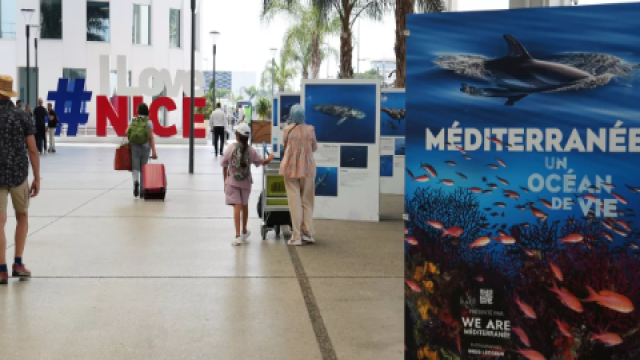
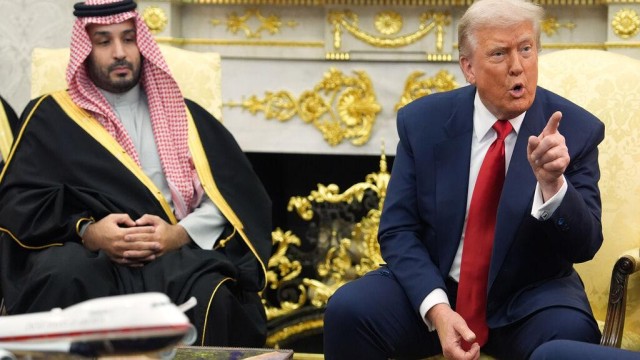



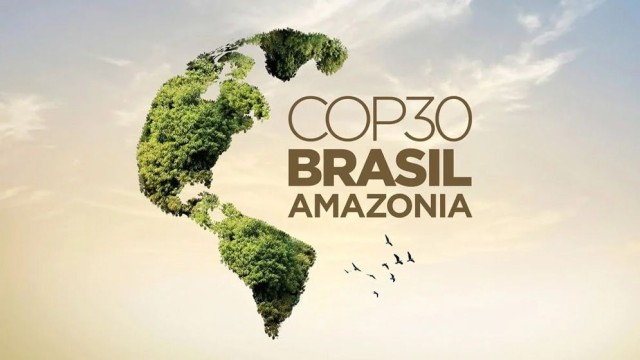



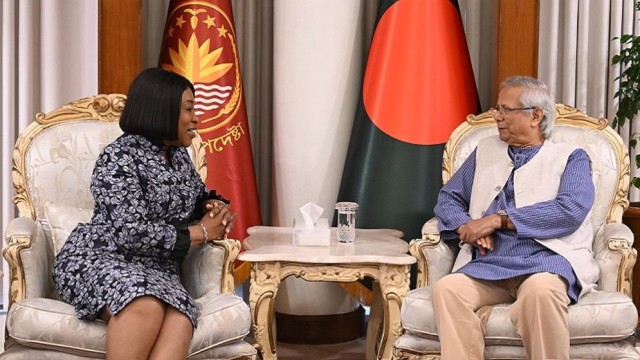


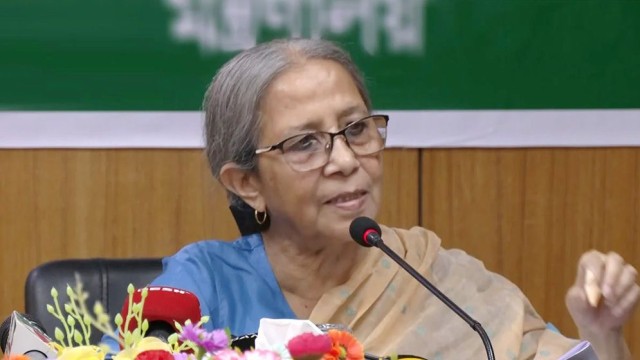








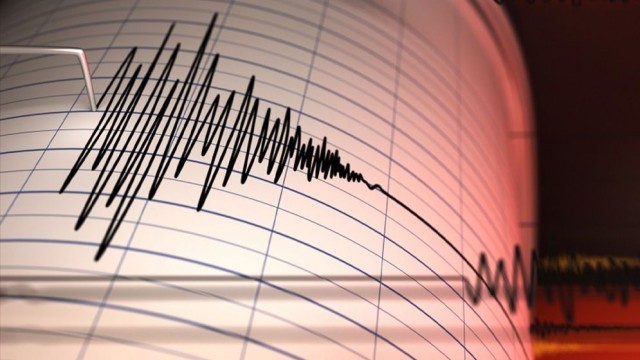





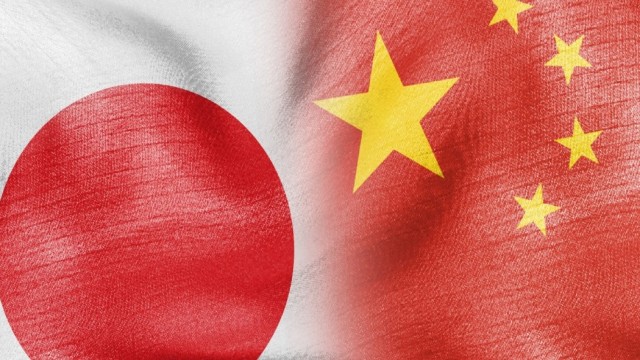
Comment: